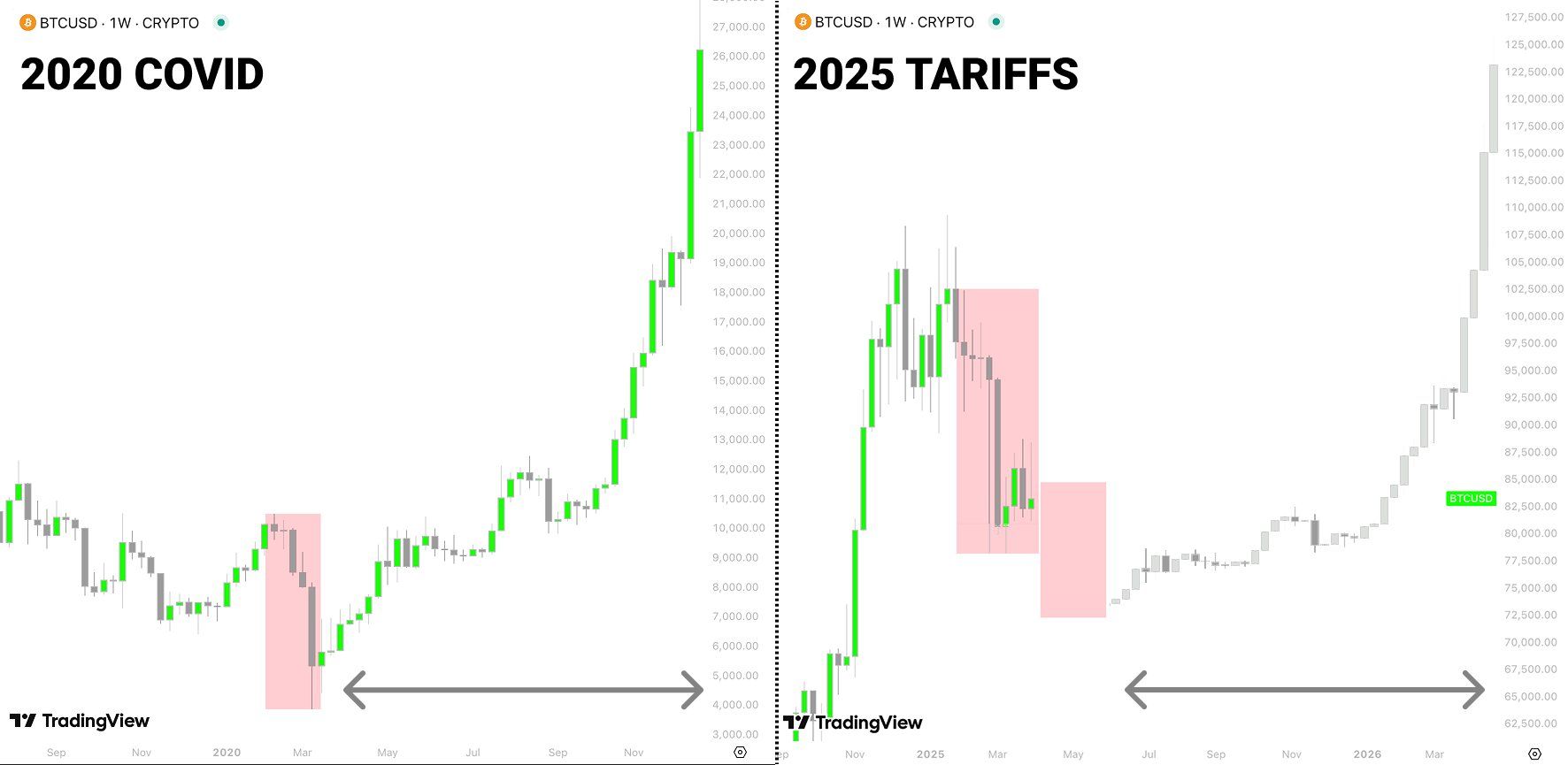Crypto Market Plunges: What Triggered the Recent 20% Dogecoin Crash and 5% Global Slide?

The crypto market is facing renewed turbulence as major digital assets suffer significant losses, fueled by escalating tensions between high-profile political and tech figures. On Friday, June 6, the global cryptocurrency market capitalization plunged by over 5% in just 24 hours—a drop translating to an estimated $800 billion—after a public fallout between former President Donald Trump and entrepreneur Elon Musk triggered a widespread crisis of investor confidence.
At the time of reporting, the total market cap sits at $3.29 trillion, down sharply from $4.1 trillion just a day prior. According to market sentiment metrics, the widely-followed Crypto Fear & Greed Index plummeted 12 points overnight, moving into pronounced ‘fear’ territory at 45. This sharp downturn came amid broader risk-off sentiment that also rippled through traditional financial markets, mirroring persistent anxieties about stability in both the blockchain and equities space.
Bitcoin (BTC), the flagship cryptocurrency and a bellwether for the digital asset sector, fell by 3.1% to $101,843. Major altcoins including Ethereum (ETH) posted even steeper declines—ETH led the top 10 with a 7.5% dip, while Solana (SOL), XRP, and BNB all saw losses around 5%. The volatility triggered a massive liquidation event: $986 million worth of crypto derivatives positions were wiped out, marking a 358% surge in daily liquidations, according to third-party market trackers.
Supporting the case for correction, the market relative strength index (RSI) has dropped to 32.7, signaling oversold conditions, while aggregated open interest across exchanges fell by 2.71% to $140 billion. This shakeout highlights how quickly sentiment can cascade into large-scale price movements across the DeFi and crypto token landscape.
The source of the unrest can be traced to a series of escalating political maneuvers over the past week. The rift began when Musk stepped down from a prominent government advisory role and sharply criticized the administration’s major spending package, intensifying scrutiny of blockchain policy and federal support for crypto industry players. In retaliation, Trump rescinded key government appointments associated with Musk and threatened severe repercussions for Musk-led businesses, including a total severance of federal contracts involving next-generation DeFi and blockchain infrastructure.
The public feud reached a fever pitch on June 5, with Musk accusing Trump of ties to controversial investigations and endorsing calls for impeachment. The spat quickly spilled over into equities markets, causing Tesla shares to dive 14%. Soon after, Musk declared that SpaceX would begin decommissioning its Dragon spacecraft in response to threatened contract cancellations—a move with broader implications for blockchain-backed satellite and data projects.

Dogecoin (DOGE), often perceived as a barometer for sentiment in speculative crypto markets, bore the brunt of the panic. DOGE crashed nearly 20% in a single day, highlighting its notorious volatility and strong correlation with Musk’s public persona. The meme coin enjoyed optimism following favorable political winds after recent elections, but hopes of crypto-friendly reforms have now faded as traders rush to de-risk amid uncertainty.
Stocks linked to the digital asset ecosystem weren’t spared. Crypto mining heavyweights like Marathon Digital, Riot Platforms, and Core Scientific each slumped around 5%, while Coinbase shares dipped 4.6% and digital asset strategy firms fell by 2.4%. The rapid cross-market correlation has renewed focus on how intertwined blockchain equities and DeFi tokens can be under political pressure. For insights on trends shaping token adoption, see our deep dive on cryptocurrency trading for beginners and the role of staking in crypto investing.
On the regulatory front, the crypto community continues to watch the evolving situation closely. A leading decentralized prediction platform now gives a 10% probability of a Trump impeachment before year-end, with over $500,000 already wagered—a sign of just how closely traders are tracking the intersection of politics and the blockchain economy.
Expert opinion suggests this period of high volatility may persist as macroeconomic risks elevate and sentiment remains fragile. Smart investors are advised to monitor liquidity, exercise caution with leverage, and stay updated on policy shifts that could shape the next phase for digital assets.
To explore how Bitcoin and altcoins have responded to previous market routs and rebounds, check our coverage on the latest crypto market analysis and reactions.
